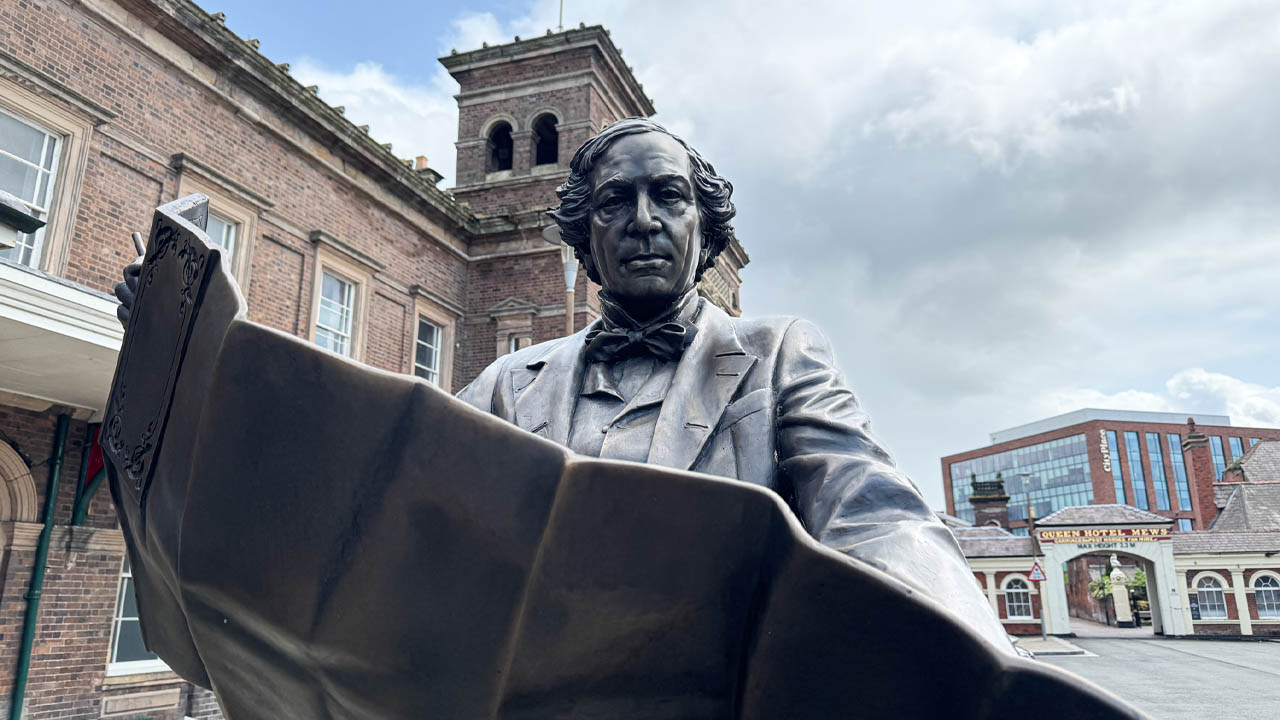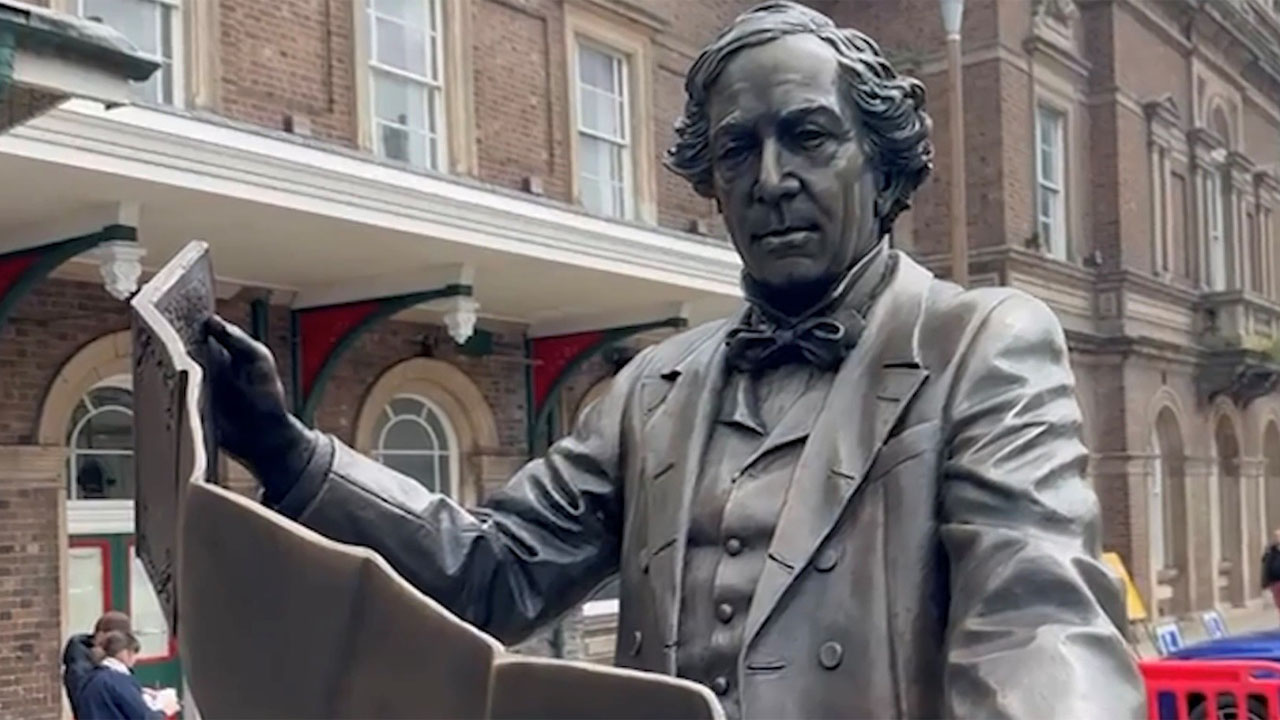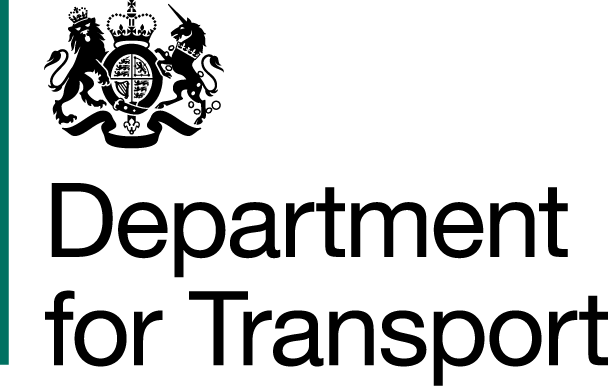Thomas Brassey Statue
His Royal Highness the Duke of Gloucester officially unveiled a statue to one of Britain’s greatest railway builders in front of Chester station.
The statue to Thomas Brassey marked two decades of work to honour a man who helped build a third of all railways in Britain and one in every 20 miles of railway in the world by the time of his death.
Stephen Langtree MBE, Chairman of the Thomas Brassey Society said the main objective was to educate people about fascinating achievements of Brassey.
“He’s been one of our unsung heroes and not many people have heard of him,” said Mr Langtree.
“The idea for a statue goes back 20 years and we hope it will inspire people to find out more about him and what he achieved.
“When I saw the statue being lifted from the lorry last week it brought a lump to my throat as we’d been working towards this day for years.”
In front of a crowd of more than 300 invited guests as well as passers by, the statue was officially unveiled at the entrance to Chester Railway station by HRH Prince Richard, Duke of Gloucester.
His Royal Highness said he “hoped people passing by would take time to stop at the statue and find out more”.
The bronze sculpture was designed by the renowned Andrew Edwards and is closely based on the few remaining photographs of Brassey. It depicts him holding maps of the Chester to Holyhead line, which he built in 1845 to complete the link from the port to London.
The statue cost in the region of £100,000, with the society raising funds through a number of sources including the Three Counties Community Rail Partnership, which is supported by Transport for Wales, and Avanti West Coast.
Born in 1805 around six miles from Chester, Brassey attended school in the city before working as a land surveyor alongside Thomas Telford and working on what would eventually become the A5. He went on to lead railway building projects across Britain, France, the Great Trunk Railway in Canada, The Grand Crimean Central Railway and dozens of others.
He also built factories, engineering works, drainage systems, docks and sewers. He also helped lay the first transatlantic telegraph cable across the north Atlantic.
TfW’s Community Rail Strategic Lead Melanie Lawton said: “It’s a very exciting day representing the community rail partnerships who have played an integral part in helping the final part of the funding over the line.”





